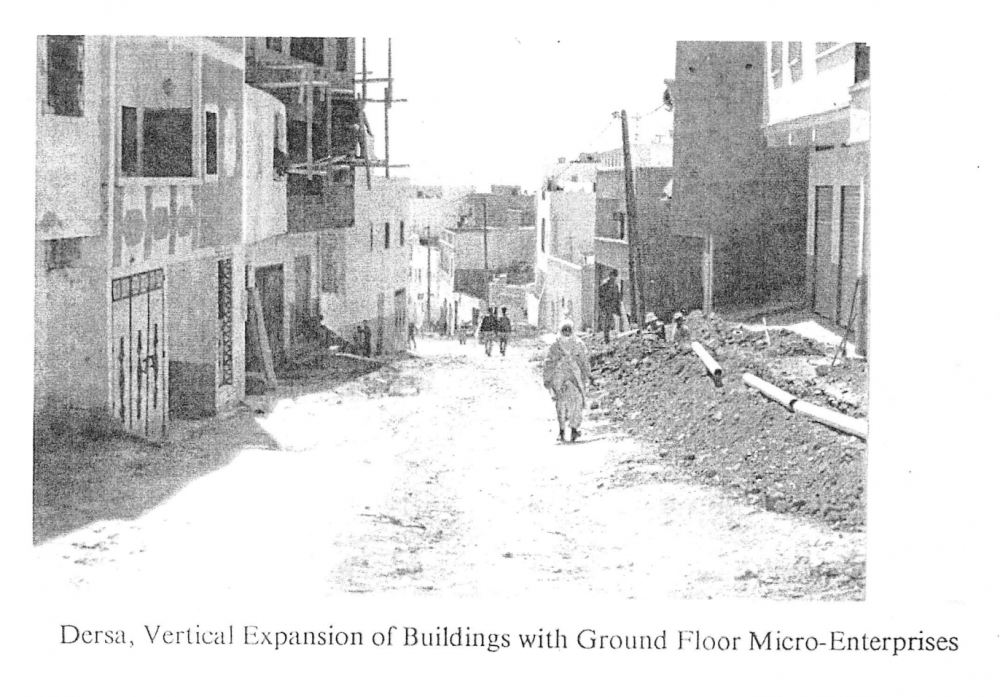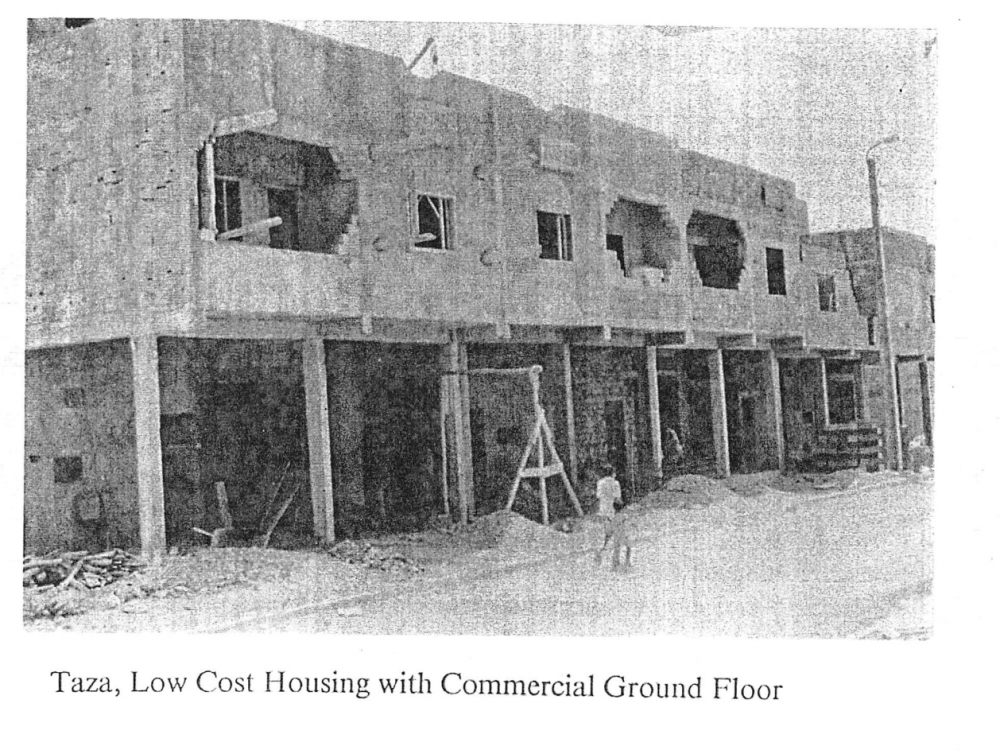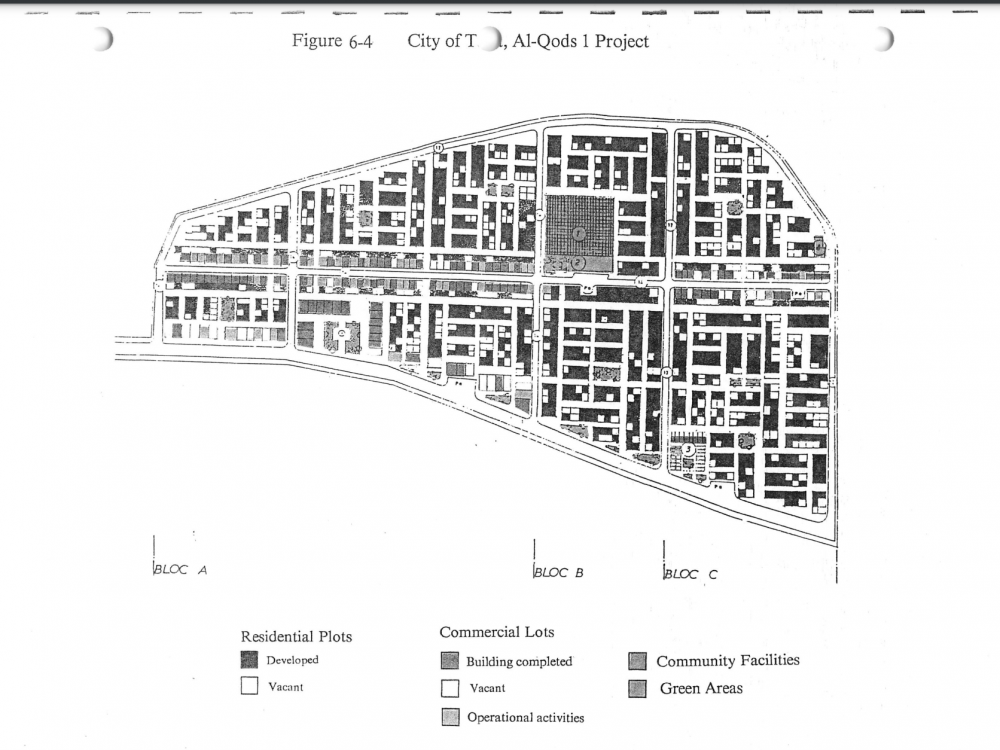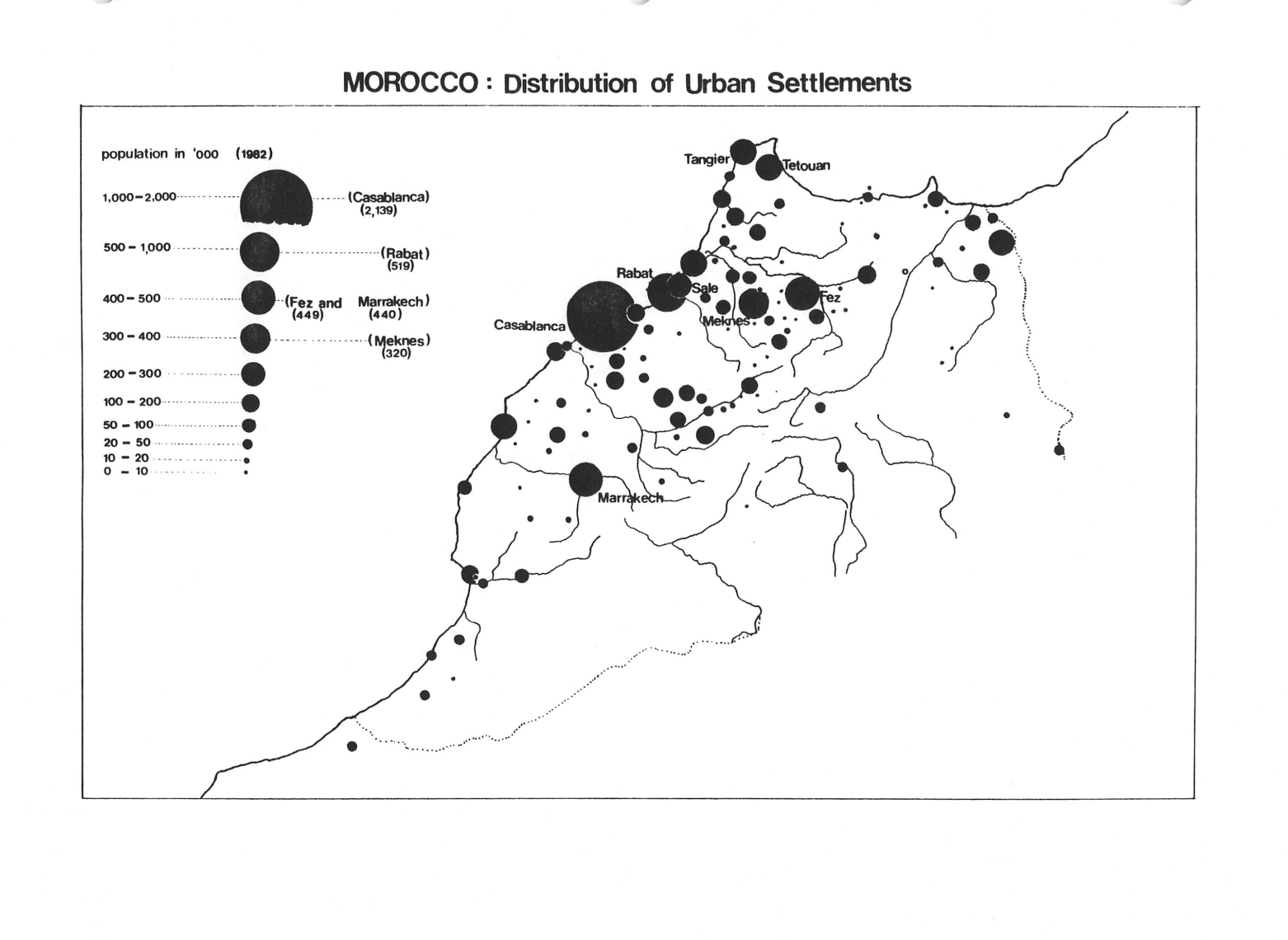Abstract
Between 2011 and 2016, I2UD worked with the Egyptian Government, the Agence Française de Développement (AFD), and Social Fund for Development (SFD) to create a risk assessment study for four informal settlement areas — ‘Izbit Khayrallah and Al Zawya al-Hamra in the Cairo Governorate and Mīt ‘Uqba and Ard el-Lewa in the Giza Governorate.
In October 2012, I2UD submitted an Expression of Interest for consultancy on a project in Egypt, titled “Redevelopment and Upgrading of Selected Unsafe and Unplanned Areas in Cairo and Giza Governorates.” I2UD posited Egyptian authorities could evaluate current informal settlements as key components in the Greater Cairo Plan to forestall future development of unregulated settlements.
From 2015-2016, I2UD partnered with the Tarek Waly Center (TWC) and Environmental Quality International (EQI) on the “Needs Assessment and Activity Design Study.” The study reviewed policies and institutions that impact the delivery of services in four informal settlements. I2UD and TWC identified the kinds of micro-finance services, making strong emphasis on community participation via assessment, and outreach training for community members.
Documents include a 2012 Expression of Interest, I2UD’s Deliverables No. 1 to No. 4 in multiple volumes, and a January 2016 presentation for the Cairo Governor, titled “Investment Programme for Izbit Khayrallah and Al Zawya Al-Hamraa, Cairo: The Unplanned Areas Upgrading and Employment Generation Programme in Egypt.”
Related I2UD Projects
Related by – Regional Assessments
Related I2UD Photograph Galleries



 Taza, Low Cost Housing with Commercial Ground Floor
Taza, Low Cost Housing with Commercial Ground Floor

